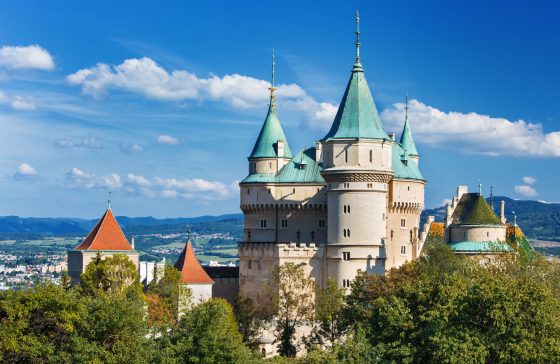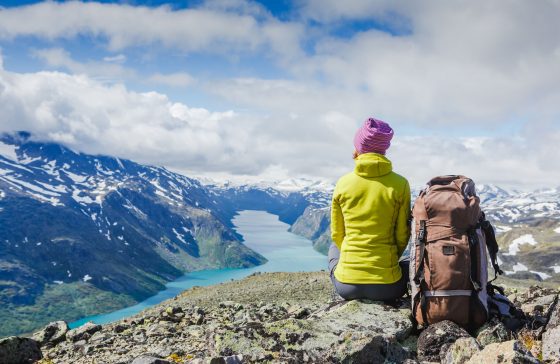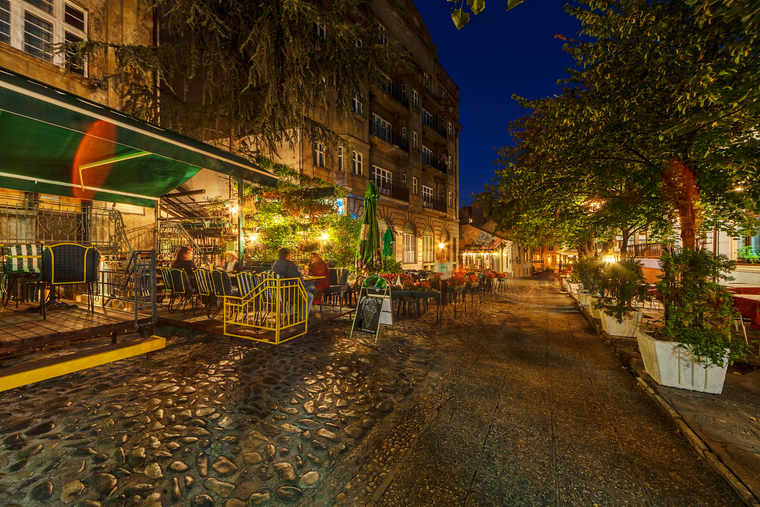
Take a tour of Serbia and discover a long, rich history, a unique culture still recovering from the aftermath of all-too-recent war, and some of the most welcoming people you will ever encounter. Serbians are eager to share their country, food and culture, and will go out of their way to ensure you do not leave untouched by their generosity.
Serbia travel guides mix pulsing nightlife with rich cultural history
Serbia travel guides begin their tours in the pulsing capital of Belgrade, and offer combinations with other parts of the Balkans and wider Europe. Travellers are led by knowledgeable local guides as they explore Belgrade – both during day and by night when the city comes alive thanks to a thriving café and clubbing culture, but will also enjoy free time in the lively capital. Stays in Belgrade are made even more special thanks to exclusive accommodation in the iconic Hotel Moskva.
Heading out of Belgrade, your tour of Serbia will include optional excursions to one of the most important cultural and historic landmarks in the country, Topola, home to St George’s Church, and traditional Serbian dinners. Tour comparison Serbia also offers specialised cycling or Exit Festival tours, stopovers during Danube river cruises, and orientation walks in the city of Niš.
One of the major benefits of travelling with a tour of Serbia is that all border formalities are taken care of, to ensure a smooth process and leave you to do nothing but enjoy your holiday!
Itching to plan your trip? Take a look at our tour comparison Serbia and find the right itinerary for you.
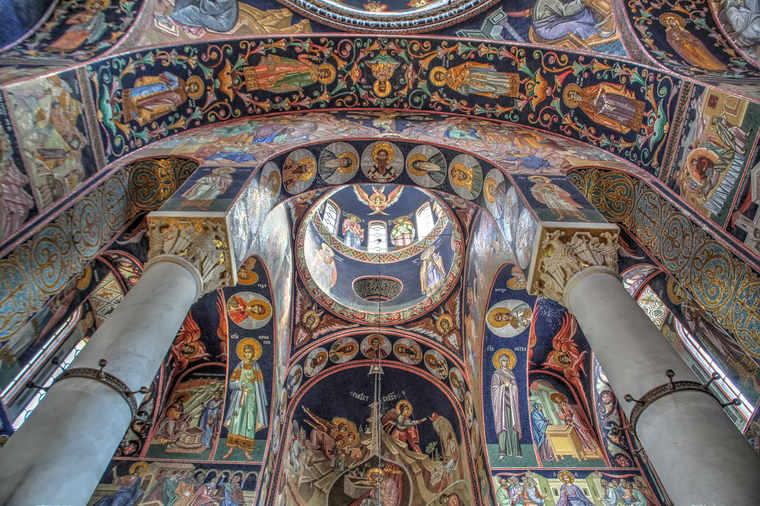
Want a taste of that insider Serbia tourism knowledge we mentioned before? We have collected the best facts from real life tour guides. Impress them on tour with how much you already know.
- Serbia’s capital of Belgrade offers a rather striking mix of lively nightlife enjoyed by a generation growing up on the tail end of the Yugoslav and Kosovo Wars.
- The 1999 NATO Airstrikes saw the city of Belgrade bombed multiple times amounting to economic losses numbering in the billions (USD). The scars are still evident to this day in a nation struggling to recover from the aftermath.
- Three of Serbia’s most important rivers are the Drina, which forms part of the border between Serbia and Bosnia-Herzegovina, Europe’s second-longest river, the Danube, and Danube tributary the Sava.
- Serbia is home to some spectacular natural beauty, most notably the Vojvodina plains in the Pannonian Plain, Lake Palic, the Zlatibor Mountains, and Fruška Gora National Park.
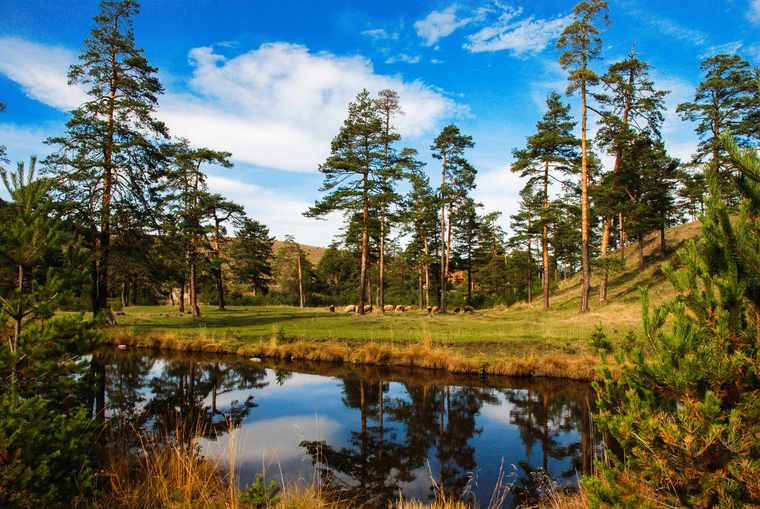
- The award-winning Exit Festival has taken place annually since its introduction in 2000, boasting a prime location at Petrovaradin Fortress overlooking Novi Sad.
- Topola is perhaps the most important cultural and historic location in Serbia, as the location where Karađorđe was chosen to lead the First Serbian Uprising against the Ottoman Empire in 1804.
- Ornate St George’s Church sits atop the hill in Topola, and is the burial place of the Ducal and Royal Family of Serbia and Yugoslavia – the Karađorđevićs.
- Serbia boasts some great ski slopes that beckon snow bunnies during winter, with the resort town of Kopaonik the most favoured.
- Vrnjačka Banja is a picturesque town home to multiple spa resorts due to the presence of a series of hot springs that measure 36.5 degrees Celsius – the same temperature as the human body.
- The city of Subotica is home to outstanding examples of secessionist architecture, while Nis – the birthplace of Constantine the Great – features an Ottoman fortress.
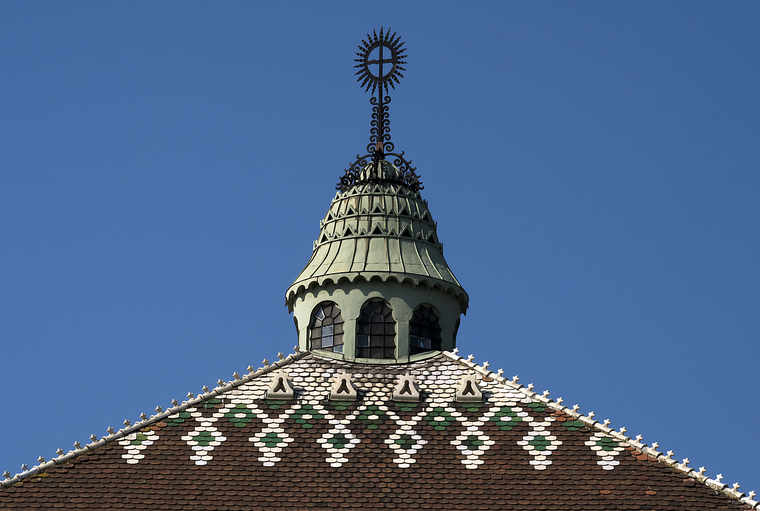
- There remains some tension between Serbia and the much-disputed region of Kosovo, which declared independence in 2008.
- Serbia is often considered the primary power in former Yugoslavia, which was comprised of multiple now-independent countries including Croatia, Bosnia-Herzegovina, Macedonia, Kosovo, Montenegro and Slovenia.
- Slobodan Miloševic was President of Yugoslavia and thereafter Serbia from 1989 to 2000, when he was arrested for war crimes and extradited to the International Criminal Tribunal for the former Yugoslavia, where he died of a heart attack before a verdict was found.
- Prince Stefan Nemanja became the first Rascian king, and assisted his brother Saint Sava in creating the Serbian Church.
- Serbia has a long, rich history, including the Serbian Kingdom, which ruled the country at various times during the medieval era and again from the late 19th century.
- Peter I was the last King of Serbia from 1903 to 1918, then the first King of the Serbs, Croats and Slovenes from 1918 to 1921.
- Famous Serbian athletes include tennis stars Novak Djokovic, Jelena Jankovic and Ana Ivanovic, basketball’s Vlade Divac, and footballer Nemanja Vidic.
- The great inventor, electrical and mechanical engineer, physicist and futurist, Nikola Tesla, was Serbian, and the country also contributed the GTRAN2 code.
- Literary figure Vuk Karadzić was responsible for the major reform of the Serbian language and is known as something of a ‘father of Serbian folklore’.
- Dr Zoran Đinđic was Prime Minister of Serbia from 2001 until his assassination in 2003 at the hands of the Serbian mafia.
- Nuclear science and engineering expert, Dr Jasmina Vujic, is Serbian.
Courtney Gahan is a serial expat, traveller and freelance writer who has bartered with Moroccan marketeers, seen the sun rise at Angkor Wat and elbowed her way through crowds on NYE in NYC

